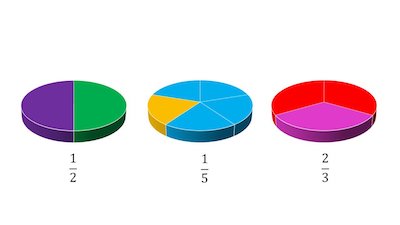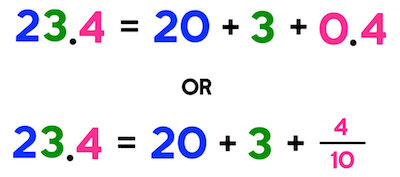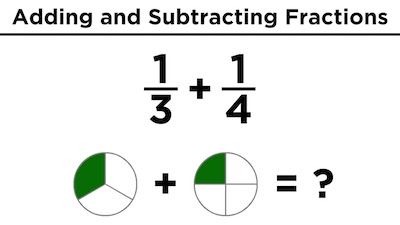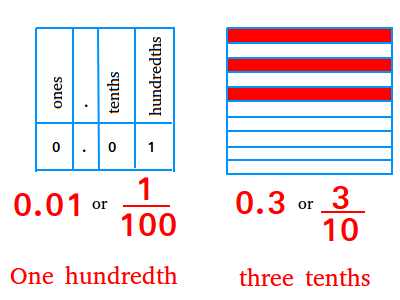Many students struggle when they need to calculate fractions. However, today, we are going to show you the easiest ways to calculate fractions so that you don’t have any more problems or questions. But before, it is important to remember what fractions are.
What Are Fractions?

Simply put, a fraction is used to represent a segment or a part of a whole number. A fraction always includes two numbers which are one over the other. The first number that you find above the line is called numerator. The second one that you can find below the line is called denominator.
The denominator shows you the total number of equal parts into which something is divided. On the other hand, the numerator shows how many of these equal parts need to be taken into consideration.
One of the things that you need to know about fractions is that they can be presented in 3 different ways:
- A proper fraction is one where the numerator is less than the denominator. For example, ⅔ (two-thirds) or ⅞ (seven-eighths).
- An improper fraction has a larger numerator than denominator. For example, 8/5 (eight-fifths) or 13/4 (thirteen quarters).
- A mixed number combines a whole number and a fraction. For example, 5¾ (five and three-quarters) or 12⅖ (twelve and two-fifths).
Learn more about equivalent fractions.
The Easiest Ways To Calculate Fractions
#1: Simplifying Fractions:

When you are asked to simplify a fraction, you just need to remember that you need to put it in its simplest form. As you can imagine, it’s a lot easier to work and understand the fraction 1/2 than 4/8.
Discover the different rules for fractions.
There are two different methods that you can use to simplify a fraction. The first one is to simply equally divide both the top and the bottom of the fraction by whole numbers larger than 1 until you can’t go any further. Let’s say that you have the fraction 24/108 that you need to simplify.
In this case, you just need to divide each number by 2 and you get 12/54. But you can still divide it by 2 again and you get 6/27. If you now divide it by 3, you get 2/9.
Learn all the advantages and disadvantages of fractions.
#2: Adding And Subtracting Fractions:

When you need to add or subtract fractions, you need to modify them to ensure that the denominators are the same. Then, you just need to add or subtract the numerators and maintain the denominator.
Here’s an example. Imagine that you want to add 1/3 and 1/6. Since the denominators are different, you need to make them the same. In this case, you will need to change the 1/3 into 2/6. Now, you just need to add the numerators and maintain the denominators like this:
2/6 + 1/6 = 3/6
As you can see, you can still simplify the fraction to 1/2.
Check out this interactive exercise with fractions.
Bottom Line
While we didn’t cover all the calculations involving fractions, we are sure that you now have a better understanding about fractions and how to calculate fractions easily.





